Country of origin United States Stages 2 or 3 | Diameter 7 m (23 ft) Payload to LEO 45,000 kg (99,000 lb) | |
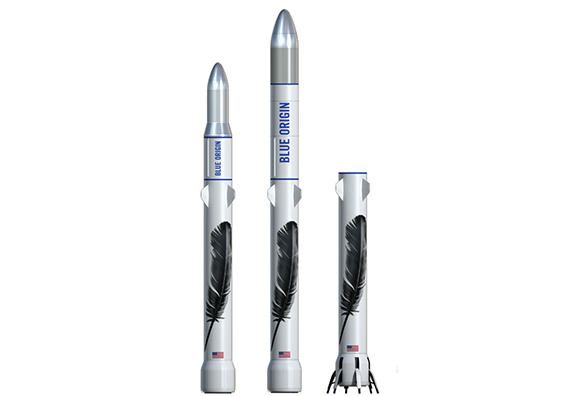 | ||
Height 2 stage: 82 m (270 ft)3 stage: 95 m (313 ft) Similar New Shepard, SPARK, VLM, Inertial Upper Stage, KSLV‑2 | ||
The New Glenn is a privately funded orbital launch vehicle in development by Blue Origin. It is expected to make its initial test launch prior to 2020. Design work on the vehicle began in 2012. The high-level specifications for the vehicle were publicly announced in September 2016. New Glenn is described as a 7-meter-diameter (23 ft), two- or three-stage rocket. Its first stage will be powered by seven BE-4 engines that are also being designed and manufactured by Blue Origin. Like the New Shepard suborbital launch vehicle that preceded it, the New Glenn's first stage is designed to be reusable.
Contents
- Rocket profile new glenn
- History
- Early development work on orbital subsystems
- Orbital launch vehicle
- Description and technical specifications
- Funding
- References
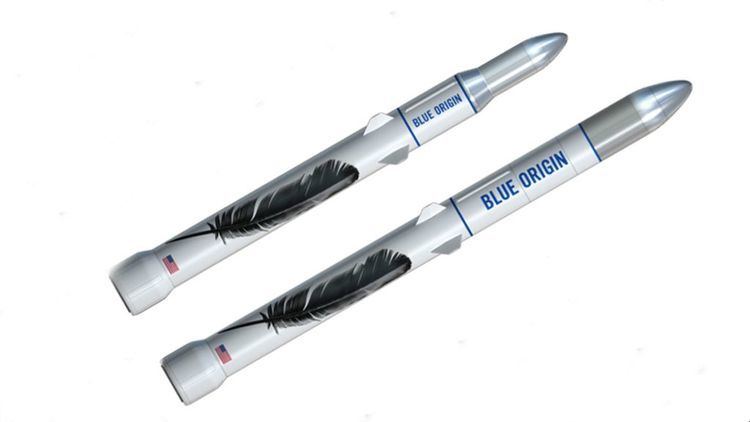
Rocket profile new glenn
History

After initiating the development of an orbital rocket system prior to 2012, Blue Origin publicly announced the existence of their new orbital launch vehicle in September 2015. In January 2016, Blue Origin indicated that the new rocket would be many times larger than New Shepard even though it would be the smallest of the family of Blue Origin orbital vehicles. Blue Origin publicly released the high-level design of the vehicle—and announced the name New Glenn—in September 2016.
Early development work on orbital subsystems
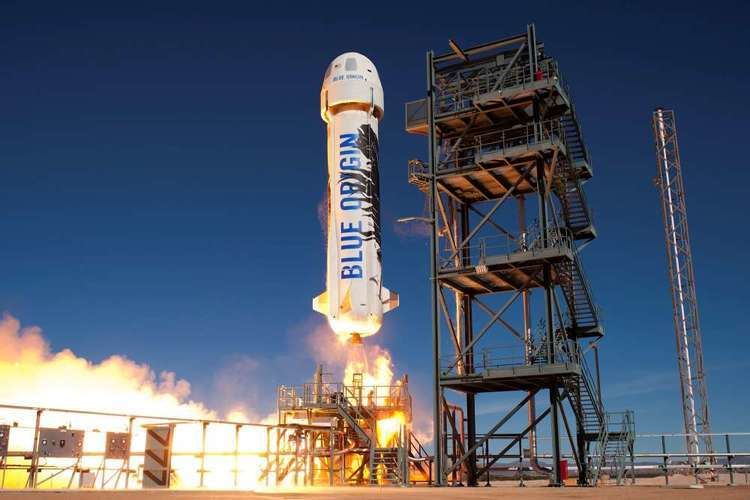
Blue Origin began developing systems for orbital human spacecraft prior to 2012. A reusable first-stage booster was projected to fly a suborbital trajectory, taking off vertically like the booster stage of a conventional multistage rocket. Following stage separation, the upper stage would continue to propel astronauts to orbit while the first-stage booster would descend to perform a powered vertical landing similar to the New Shepard suborbital vehicle. The first-stage booster was to be refueled and launched again, allowing improved reliability and with the goal of lowering the cost of human access to space.
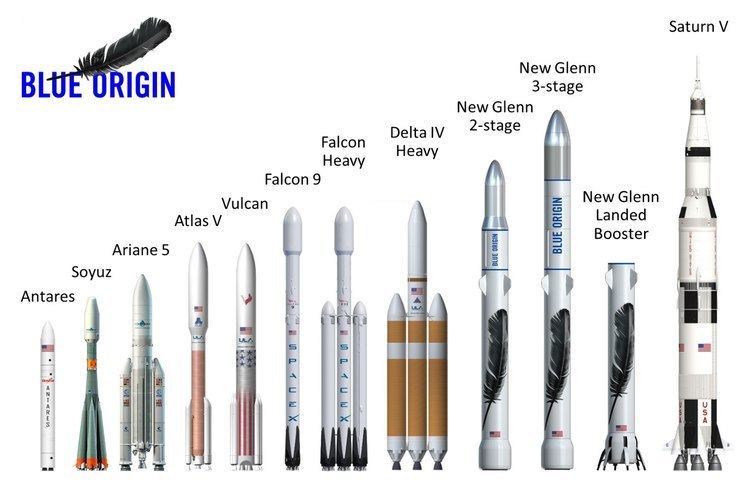
The booster rocket was projected to loft Blue Origin's biconic Space Vehicle capsule to orbit, carrying astronauts and supplies. After completing its mission in orbit, the Space Vehicle was designed to reenter Earth's atmosphere and land under parachutes on land, to be reused on future missions.
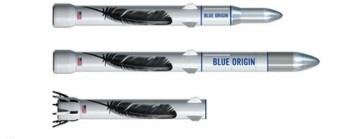
Engine testing for the (then named) Reusable Booster System (RBS) launch vehicle began in 2012. A full-power test of the thrust chamber for Blue Origin BE-3 liquid oxygen/liquid hydrogen upper-stage rocket engine was conducted at a NASA test facility in October 2012. The chamber successfully achieved full thrust of 100,000 pounds-force (about 440 kN).
Orbital launch vehicle

Further plans for an orbital launch vehicle were made public in 2015. By March 2016, the rocket was referred to by the placeholder name of "Very Big Brother". It was stated to be a two-stage-to-orbit liquid-propellant rocket, with the launcher intended to be reusable. Blue Origin indicated that the first orbital launch was expected in 2020 from the Florida launch facility.

Those plans called for the first stage to be powered by Blue Origin's BE-4 single-shaft oxygen-rich staged combustion liquid methane/liquid oxygen rocket engine while the second stage will be powered by the recently qualified BE-3 tap-off cycle liquid hydrogen/liquid oxygen rocket engine. The number of engines powering each stage was not released, nor was the payload or gross launch weight specifications. Blue Origin intends to launch the rocket from the historic Launch Complex 36 and manufacture the rockets at a new facility on nearby land in Exploration Park. Acceptance testing of the BE-4 engines will also be done in Florida.
On 12 September 2016, Blue announced that the rocket would be named New Glenn in honor of the first American astronaut to orbit the Earth, John Glenn, and that the 7-meter-diameter (23 ft) first stage will be powered by seven Blue Origin BE-4 engines. The first stage is reusable and will land vertically, just like the New Shepard suborbital launch vehicle that preceded it.
Three weeks of wind tunnel testing of a scale model New Glenn were completed in September 2016 in order to validate the CFD design models of transonic and supersonic flight.
Description and technical specifications
The New Glenn is a 7-meter-diameter (23 ft) two-stage orbital launch vehicle with an optional third stage and a reusable first stage. The first stage will be powered by seven BE-4 methane/oxygen engines—designed and manufactured by Blue Origin—producing 17,000 kN (3,800,000 lbf) of liftoff thrust.
The first stage is designed to be reusable for up to 100 missions, and will land vertically, a technology previously developed by Blue Origin and tested in 2015–2016 on its New Shepard suborbital launch vehicle. The second stage will share the same diameter as the first and use a single BE-4, but optimized for vacuum with a longer nozzle. It will share the same propellant but be expendable. The optional third stage will use a single BE-3U vacuum optimized rocket engine, and use hydrogen/oxygen as propellant. This engine is manufactured by Blue Origin and has already been used on the New Shepard, as the "BE-3" sea-level-optimized version. The company has revealed the planned payload capacity of New Glenn as 13 metric tons to GTO and 45 metric tons to LEO.
Launches of the New Glenn are planned to be made from Spaceport Florida Launch Complex 36, which was leased to Blue Origin in 2015. New Glenn will also be available for space tourism flights, with priority given to customers of New Shepard.
Funding
The development and manufacture of the new two-or-three stage launch vehicle is being self-funded by Jeff Bezos, founder of Amazon.com.
